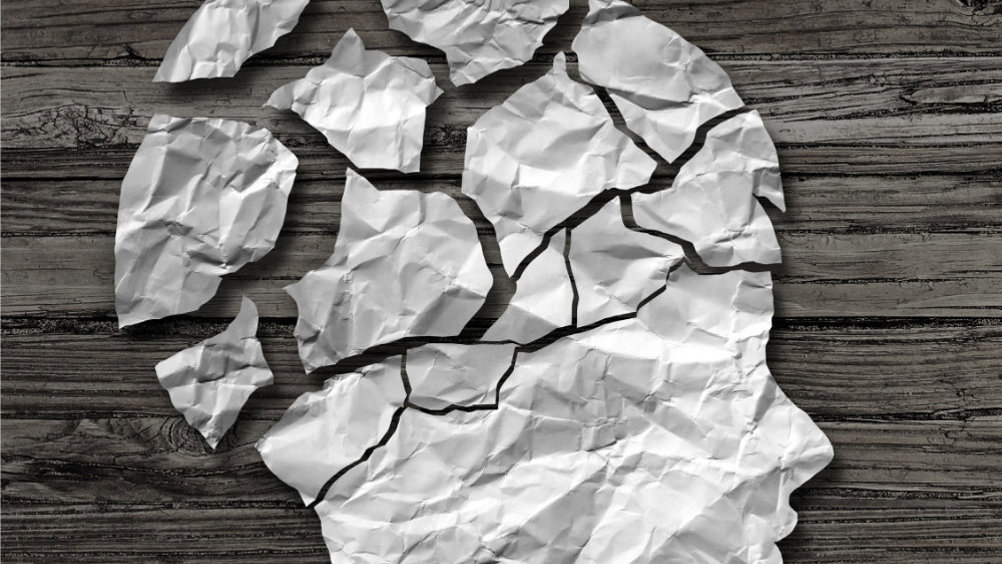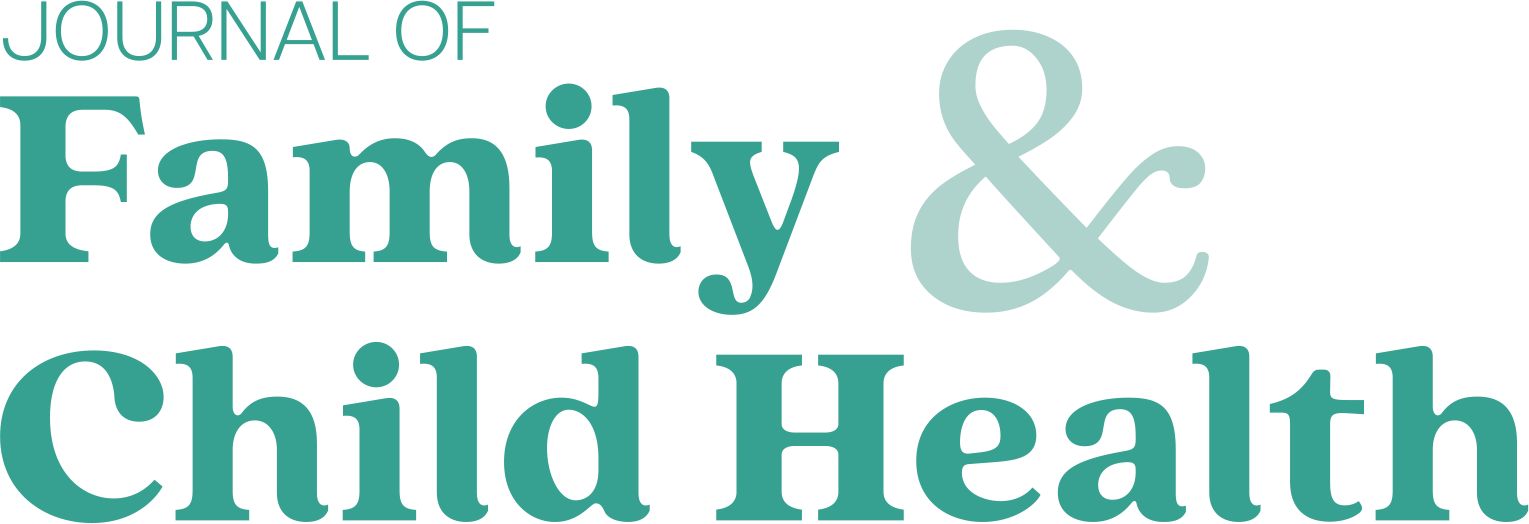References
Acquired brain injury: Providing support in schools

Abstract
Thousands of children experience brain injuries every year and the impact on their education and wellbeing can be severe. Emily Morley, Dr Emily Bennett, and Dr Gemma Costello provide practical advice that can be shared with school staff, while signposting to a range of useful resources.
Around 40 000 children and young people experience a brain injury every year according to The Children's Trust (2022). This suggests that one child in every classroom will be affected by acquired brain injury (ABI) by the end of their compulsory schooling. As children with ABI are at risk of exclusion from school and social isolation from peers, it is always a good time to consider whether illness or injury could be contributing to current needs and how best to support them.
However, professionals working in education frequently report that they know little about ABI and how to practically support children in their care (Linden et al, 2013).
ABI is an injury to the brain that occurs after birth and a period of typical development. They may be traumatic (e.g. fall, accident, assault) or non-traumatic (relating to medical condition or illness, such as stroke or meningitis) and can be classified as mild, moderate or severe.
Register now to continue reading
Thank you for visiting Journal of Child Health and reading some of our peer-reviewed resources for children’s health professionals. To read more, please register today. You’ll enjoy the following great benefits:
What's included
-
Limited access to our clinical or professional articles
-
New content and clinical newsletter updates each month

